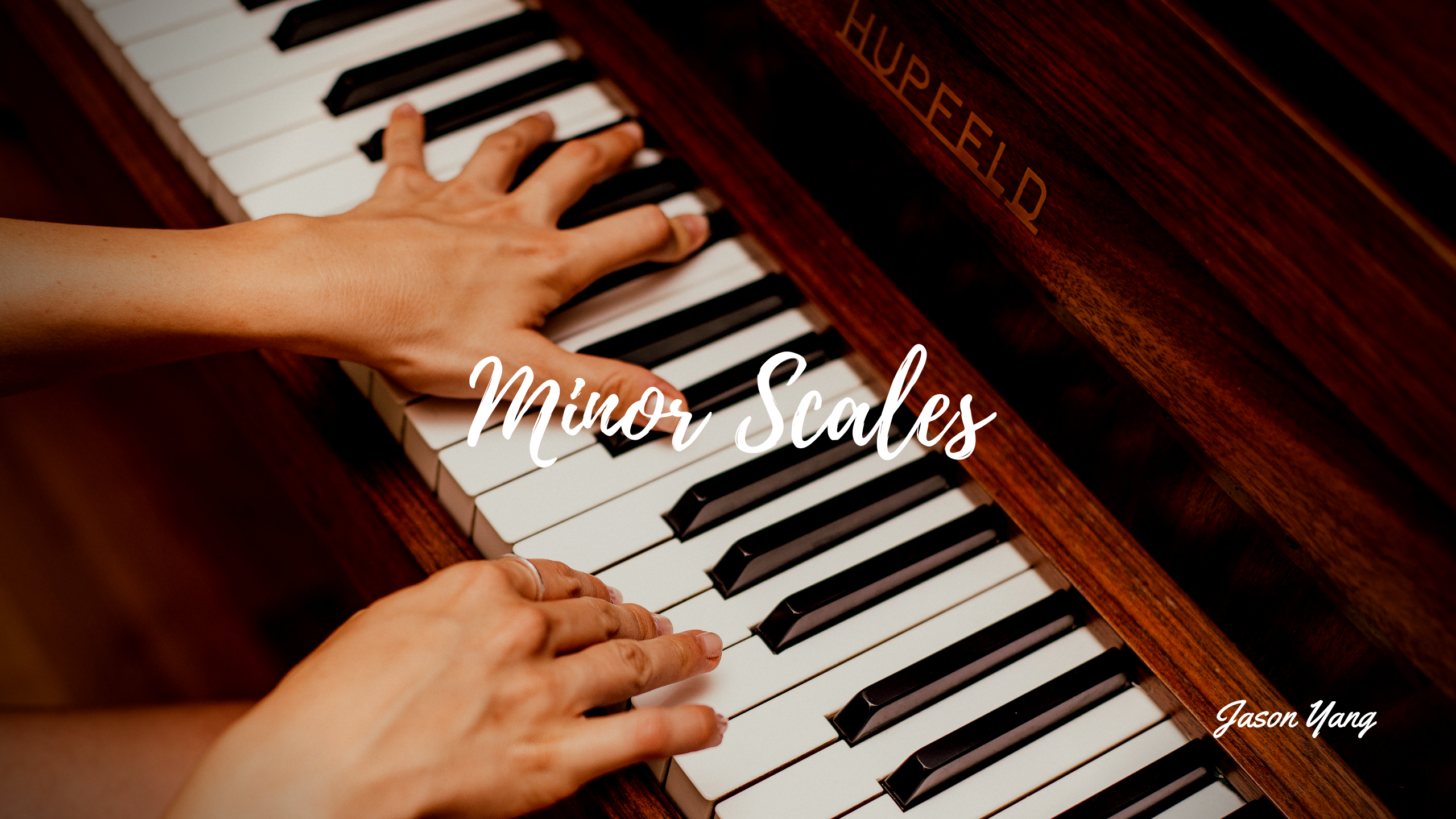3. Harmonic and Melodic Minor Scales

Table of Contents
Harmonic and Melodic Minor Scales
The other most common scale is the minor scale, which has the interval pattern T-S-T-T-S-T-T.
For graded exams you’ll always be given the option between playing harmonic or melodic minors. I always get my students to play harmonic minors. They just sound so much nicer!
Key Signatures
Key signatures tell us the key we are in. So, then why do the minor keys and major keys have the same key signatures?
This is because they are related. Major keys sound happy, and they each have a sad sounding counterpart; their relative minor. This is why major and minor keys have the same key signatures.
To find the relative minor of a major key we take the 6th note of the major scale, this will be the name of the relative minor.
Then to transfer from a minor to its relative major, we take the 3rd note of the minor scale and this will be the name of the relative major.

Harmonic Minors
There are two different types of minor scales; harmonic and melodic minors. To create a harmonic minor, we use the same key signature as its relative major and simply raise the 7th note by a semitone.
Check out these two videos I made:
#1: White Key Harmonic Minor Scales One Octave
#2: White Key Harmonic Minor Scales Two Octaves
Melodic Minors
Usually teachers choose to teach harmonic minors as they are the same ascending and descending. However, if you’re up for a challenge, here’s a bonus.
Melodic minors are created again using the key signature of its relative major. Then when we ascend, we raise the 6th and 7th notes by a semitone each, and when descending, we return the raised notes back to normal.
If you’d like a video of the melodic minors, leave a comment in the comments area and I’ll happily make one!


